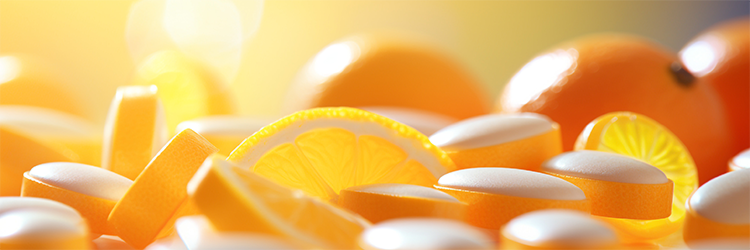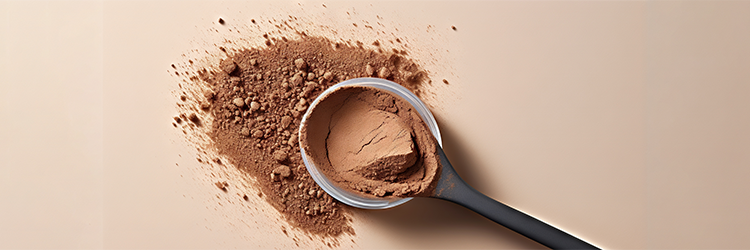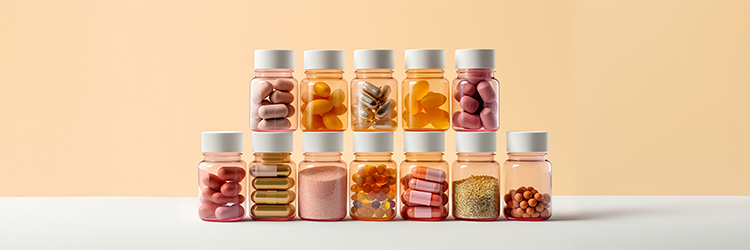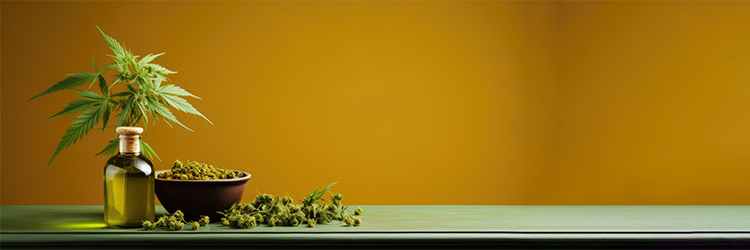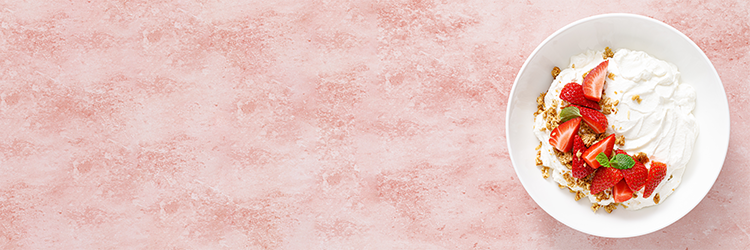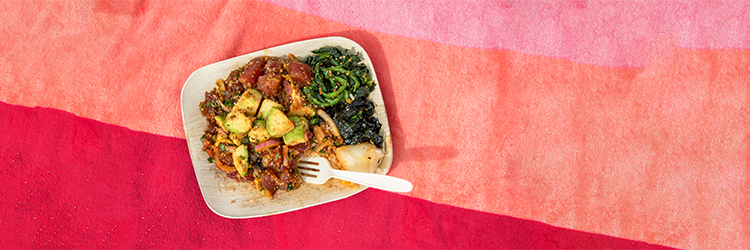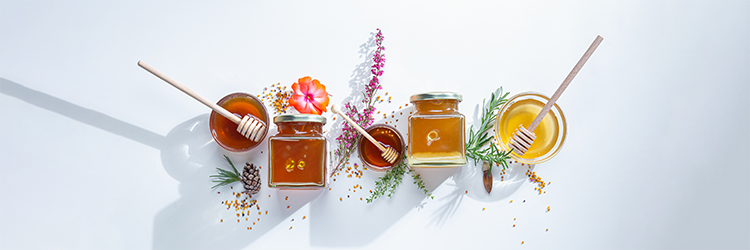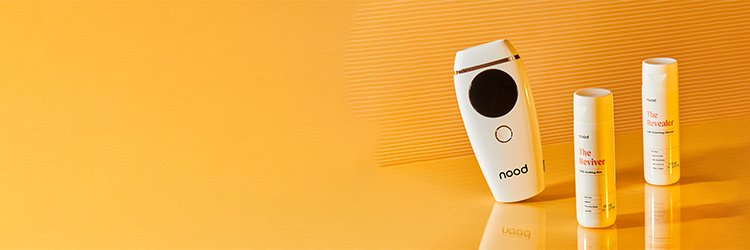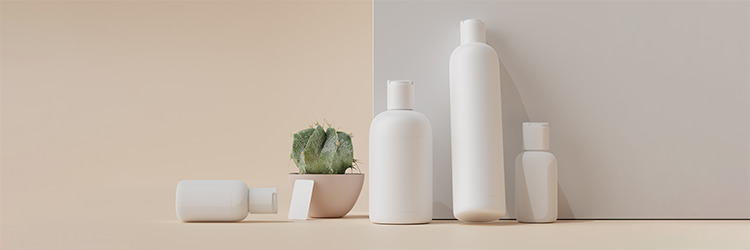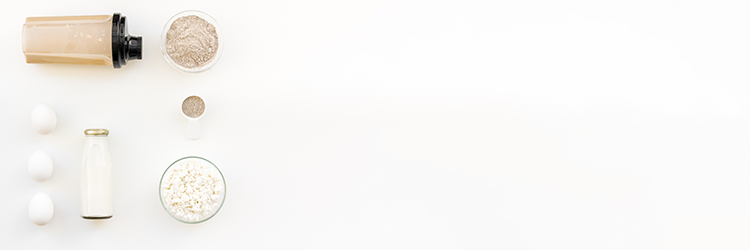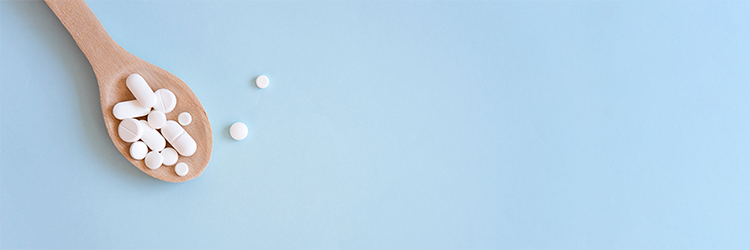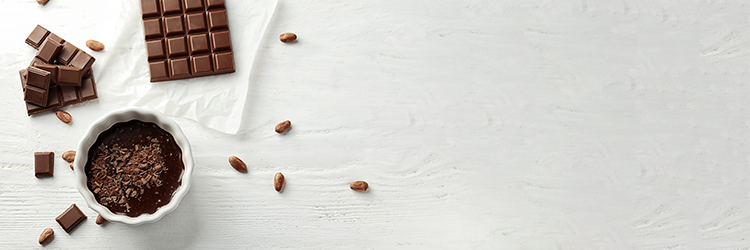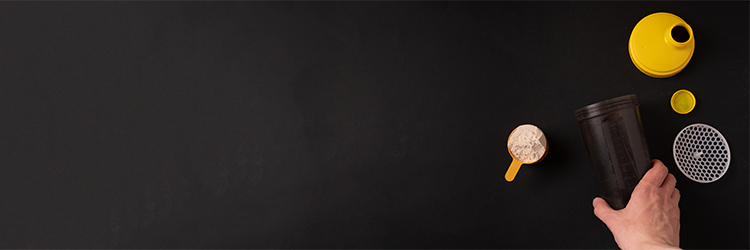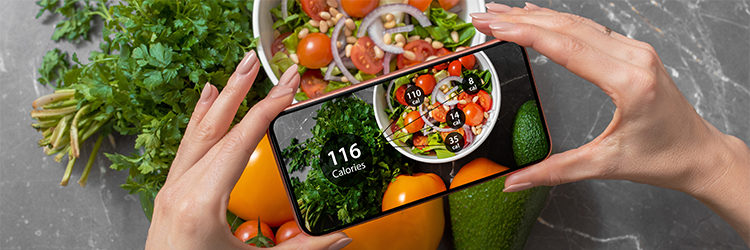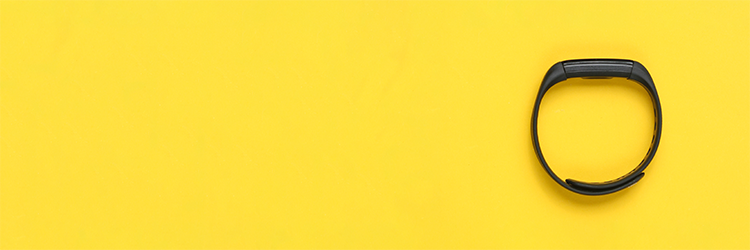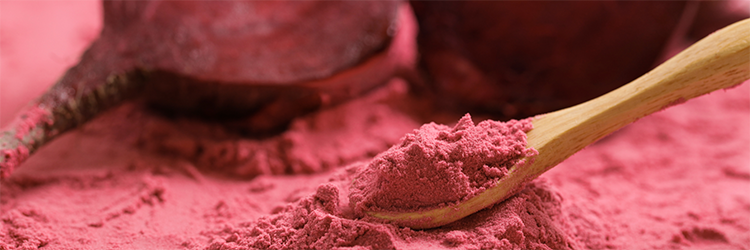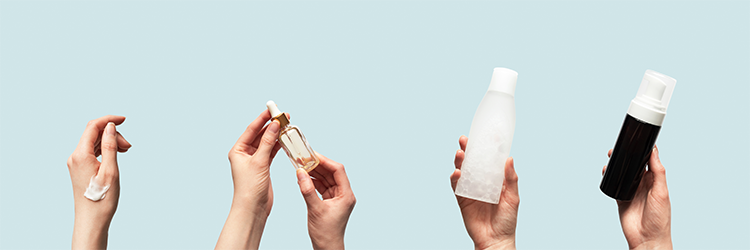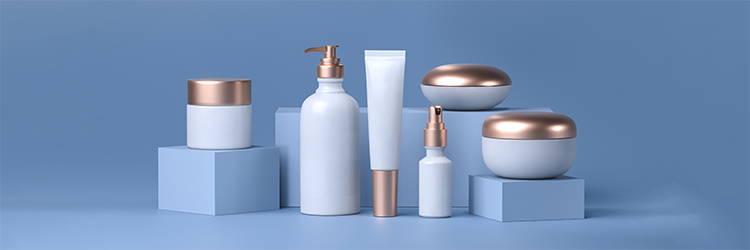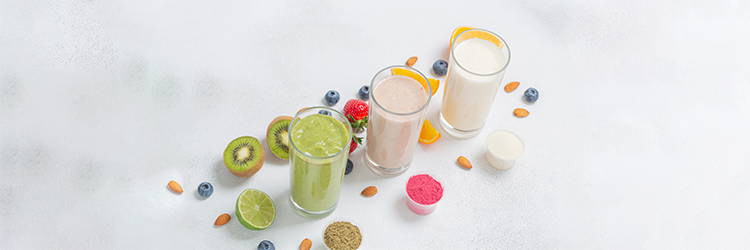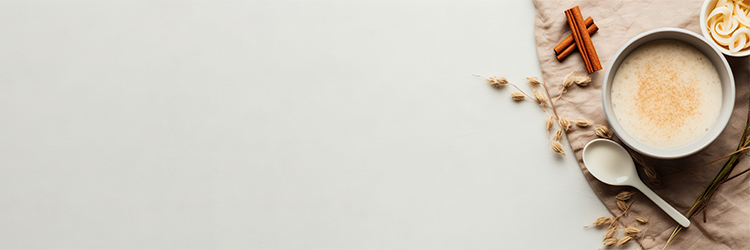
Tajín is a popular seasoning brand that's made primarily from chili peppers. The company also sells hot sauce and sweet sauce.
But what's actually in Tajín other than chili peppers, and is it bad for you? Does the brand use any questionable additive ingredients? And which Tajín product is the healthiest?
In this article we'll answer all of these questions and more, as we analyze the ingredients in Tajín based on clinical studies, to give our take on whether or not the popular seasoning is bad for you.
We'll also give our pick for the healthiest Tajín product.
Key takeaways:
- Peppers in Tajín have health benefits
- One ingredient in Tajín is unhealthy in our opinion
- Reduced Sodium version may be healthiest version
Ingredient Analysis

The ingredients in Tajín Clásico are shown above.
Chili peppers contain antioxidant and anti-obesity effects according to a published in the Molecules journal.
They contain a chemical compound called capsaicin that creates the distinctive red color, and is thought to provide most of the health benefits.
Sea salt is rich in trace minerals, and has more favorable cardiovascular effects than table salt, as we documented in our article on is Celtic salt good for you.
Citric acid is a preservative and flavor enhancer that's typically derived from fungus when used in food manufacturing, and which can cause inflammation in some people according to a published in the Toxicology Reports journal.
Lime juice has the capacity to reduce the progression of heart disease, at least according to a 2013 .
We want to note that we found this ingredient list on Amazon, and at the time of publishing this article, we can't find any full ingredient list on the Tajín website which is a consumer safety issue in our opinion.
Overall, we do not consider Tajín to be bad for you. It has more health benefits than health downsides in our opinion, especially for the average American consumer who may not frequently consume nutritious ingredients like chili pepper and lime juice.
We do not consider this brand to be the healthiest seasoning option on the market, because it contains citric acid.
Which Tajín Product is Healthiest?

Tajín Reduced Sodium is our top pick from the brand, and its Nutrition Facts panel is shown above.
This product has the same ingredients as Tajín Clásico, but has less sodium.
Tajín Reduced Sodium provides 120 milligrams (mg) of sodium per serving.
Tajín Clásico provides 190 mg of sodium per serving.
Both of these doses are relatively moderate, and easily fit within the Daily Value (DV), but there are 142 servings per container, which makes it somewhat easy to overindulge, and that sodium difference is more important for people consuming multiple servings at once.
For example, if someone were to use 5% of the Tajín Clásico bottle in one sitting, they would consume 1,340 mg of sodium, whereas they would only consume 852 mg of sodium with Tajín Reduced Sodium.
At least in my own experience, it's easy to use a lot more than the serving size of spices, especially when cooking.
This is a minor distinction, but gives Tajín Reduced Sodium the slight edge in terms of healthiness in our opinion.
How to Cook With Tajín
A YouTube video from the NYT Cooking channel features two chefs making a variety of recipes with Tajín, and has over 250,000 views:
Our Clean Seasoning PickWe receive compensation when readers purchase the products or services we recommend.

Watkins Organic Chili Powder is our top chili powder seasoning pick.
Like Tajín, this brand contains chili pepper and sea salt (along with other ingredients like organic cumin powder and organic oregano).
The main difference is that Watkins' chili powder is free of citric acid, and is packaged in glass (plastic is to leach harmful chemicals into food and water under certain conditions).
Watkins Organic Chili Powder also provides only 20 mg of sodium per serving.
Interested consumers can check out Watkins Organic Chili Powder at this link to the product page on the brand's official Amazon listing, where it retails for under $7 at the time of publishing this article.








































































